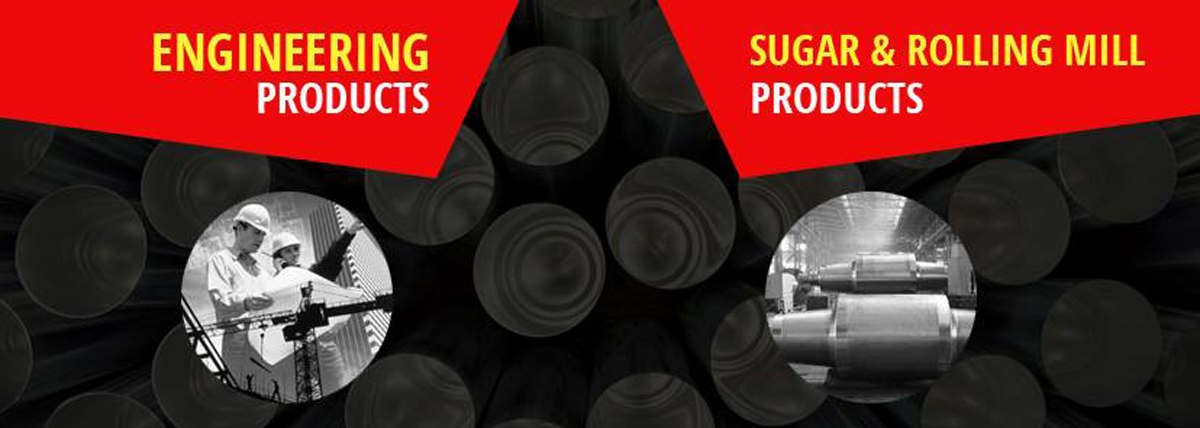Whenever you’re designing some work of construction, be it a residential building, warehouse or an industrial setup, you must know about the structural elements you’re going to use.
One of those key elements is the HEB 240 beam, used extensively for the purpose of bearing loads along with its applicability across various types of designs.
In this blog, we’re going to give you an overview of HEB 240 beams, key technical details, along with reasons why they are used so extensively at small-scale as well as large-scale constructions.
In simple terms, with some great insights, we’re going to help you better understand the concept of steel beams even if you don’t have an engineer’s background.
What are HEB 240 Beams?
HEB 240 beams are part of the group of European H-sections that have a symmetrical shape with high strength. The letters ‘HEB’ denote the series within the H-beam group, while ‘240’ is the measure of the height of the beam, given in terms of millimetres. The best applications of these beams are where horizontal and vertical load resistance is essential. These have high durability levels due to the structure, making them the best fit for complicated structures.
Main Characteristics of HEB 240 Beams
1. Standard Dimensions
240 mm HEB beams are 240 mm high as well as 240 mm flange width, with the thickness of the web at around 10 mm and flange thickness at 17 mm. The uniformity of the same facilitates easy integration into typical architectural drawings. The overall weight of the beam is around 83.2 kg per metre.
2. Robust Material Construction
Most HEB 240 beams are produced with high-grade structural steel such as S235 or S355. These offer high tensile, yield resistance, and long service even in harsh environments.
3. High Load-Bearing Capability
Owing to their sturdy shape and symmetrically well-balanced cross-sectional configuration, these beams can withstand both lateral loads and axial loads effectively. These are best utilised for high-rise structures, heavy-duty machinery platforms, or for any building where durability cannot be compromised.
4. Fire And Corrosion Resistant (With Coating)
Treated by applying protective coatings, HEB beams are rust-resistant and provide enhanced performance under fire conditions, providing an additional layer of protection to your building.
Applications of HEB 240 Beams
You can frequently find HEB 240 beams utilised for numerous structural projects:
⦁ Office buildings, floor and roof frames
⦁ Factory halls to store large machinery and equipment
⦁ Bridges and flyovers as sturdy base structures
⦁ Basement and foundation work providing unparalleled stability
Why You Should Choose HEB 240 Beams?
It is no wonder that professional contractors trust HEB 240 beams to provide enduring structural stability. Their stable dimensions, high-quality materials, and compliance with industry norms make it effortless to plan. They minimise errors, accelerate the building process, and provide cost-effectiveness over the long term.
When you deal with reputable h beams suppliers, you get enhanced quality assurance and safer constructions.
Seeking HEB Beams? Trust Yash Impex
When you are purchasing steel beams for your work, it is as crucial to select reputed h beams suppliers as it is to have the product. At that point comes Yash Impex. We deal exclusively in high-grade HEB 240 beams along with other structural steel products.
Having an established industry reputation, timely delivery, and customer-oriented service, Yash Impex is the one you can rely on. Contact Yash Impex today to find out about your structural steel choices and construct with confidence.





